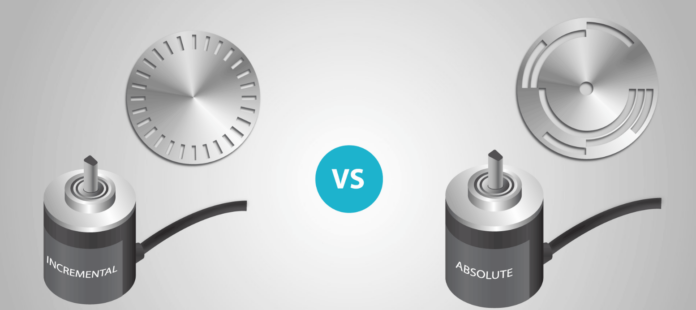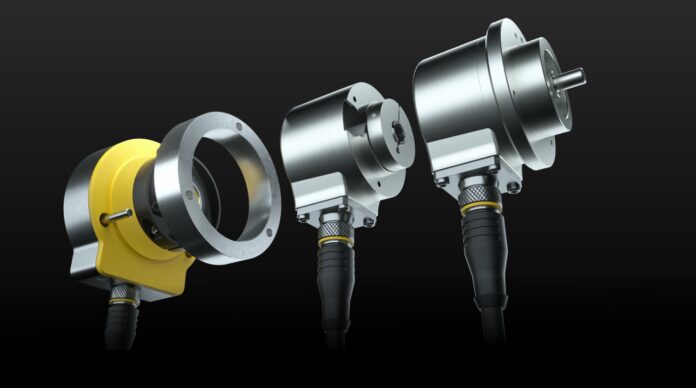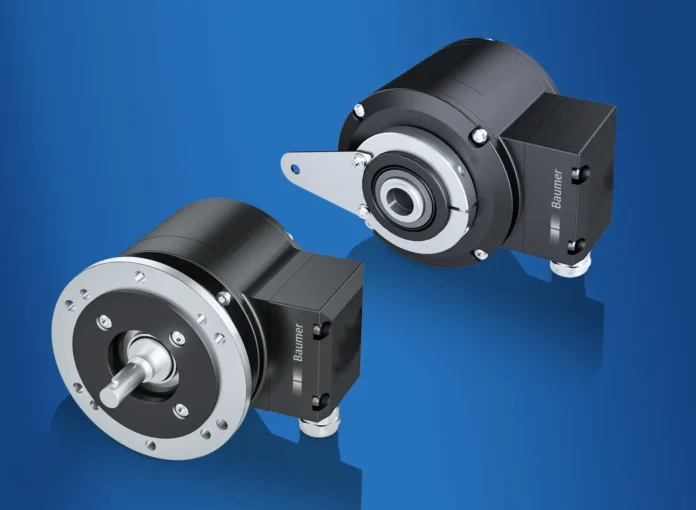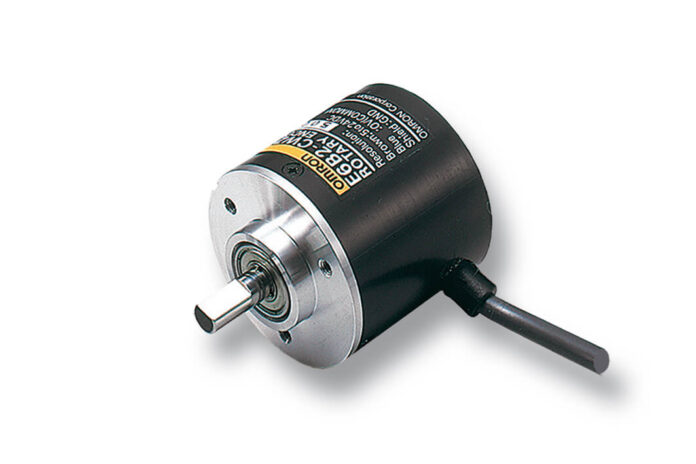
In any electronics factory, the machines that are implemented require information about the placement, direction of the cycle, and speed of the cycle of a shaft or axle. This data is converted into digital form by microcomputers that control each machine. The devices that are used for this purpose are called encoders, and there are many different sorts of them. If you need to implement them in your assembly line, or if you want to utilize them in your place of business, then you need to be aware of the things they can do, as well as their limits. In this article, we are going to talk about the two main kinds, and we will tell you what is the difference between absolute and incremental encoders. Keep on reading to find out what the purpose of the encoders is and how they differ from one another based on the type.
What are encoders used for?

Before we delve into the difference between these two kinds, let’s first talk about what encoders are and what they are used for. By definition, these devices are used in machinery to provide feedback, and even though they can be found in many different fields, they are most commonly used for motion control and feedback.
These units are made to convert motion into an electrical signal and then send it to a third-party device, such as a laptop so it can be recorded, computed, and analyzed.
There are many uses for these instruments and some of them include railroad vehicle-lifting jacks, for a cut to length application, in observatories, and they can also be used in the construction industry.
With these units, many projects can be automated, and they can provide feedback and teach different systems when they need to lift; when to cut, when to stop, and when to let go. With these sensors, the need for a human operator is decreased, and with that, the chances of human error are far smaller.
Keep in mind that the encoders can be used in pretty much every factory that uses assembly lines, and they can be also utilized in elevators or similar devices.
Now that you know more about the sole purpose and uses of the encoders, let’s now see what the difference is between the absolute sort and the incremental one.
What is an absolute encoder?

Let’s first start with the definition of absolute and how it relates to the encoders. This sort of movement is based on the zero point of the system, and the coordinate where it moves is based on that point only.
When it comes to the encoders, they are made to show every different placement where the movement can be changed or based. It shows the starting point, as well as the point where the movement has stopped.
In addition to this, these devices five information for a rotating shaft in every scenario. They will give exact information no matter if there was only one turn of the shaft, or if there were multiple cycles. There is going to be data for every coordinate that the shaft has moved to, and that can be turned into a digital code that can be later-on read by a device or analyzed.
Keep in mind that these devices will also store the data even after the cycle has stopped and even after the device has been turned off. The absolute encoder can be utilized to count the number of rotations that have been made and keep track of the changes in every turn if there are any.
For more information on absolute encoders and the different types that are offered, visit encoder.com.
What is an incremental encoder?

When it comes to incremental movement, this sort of change happens based on the distance from the current placement. With absolute movement, that is based on the zero point, whereas, in an incremental movement, that is based on the current placement that may not be the zero point.
Unlike the absolute signal, the incremental one does not indicate a specific point, they only show that the placement has changed and they compute the distance between the original point and the current location.
When the measuring starts, the encoder can determine the shaft placement based on how much distance it has gone, and in some cases, it can also be based on the speed of movement.
As we mentioned before, when it comes to the absolute units, if the power is lost, or if the device is shut off, the information will stay remembered, but in the case of the incremental devices, when the unit is turned off, or if the power is lost, then all the information, including the relative point, is going to be lost as well.
So, when choosing these sorts, you need to be aware of the application, and if you need an encoder to help you figure out the distance, speed, or even the direction of movement, then you can freely use an incremental encoder. Even if the power is turned down, the calculation will not be affected, and you will get all the data that you need for further purposes and analysis.
On the other hand, if you need an exact point and placement, and if you need that data to be stored and kept, then this type of encoder is not going to be beneficial for you. In case the shaft can move and turn until the device reaches the Index, and if there is already one implemented, only then this kind of encoder can show the original placement that was reported before there was a loss of power.
In case you need your device to be able to show and record the exact point and placement of the shaft, no matter the circumstances, then you should consider the absolute kind. In case you need to compute distance or speed without focusing on exact points and placements, then you can freely use the incremental sort.
As you can see, there are some crucial differences between these two sorts, and you need to think about the exact application before you choose the encoder. If you cannot make this decision on your own, then it is best to talk to a professional and see what they advise you.

















